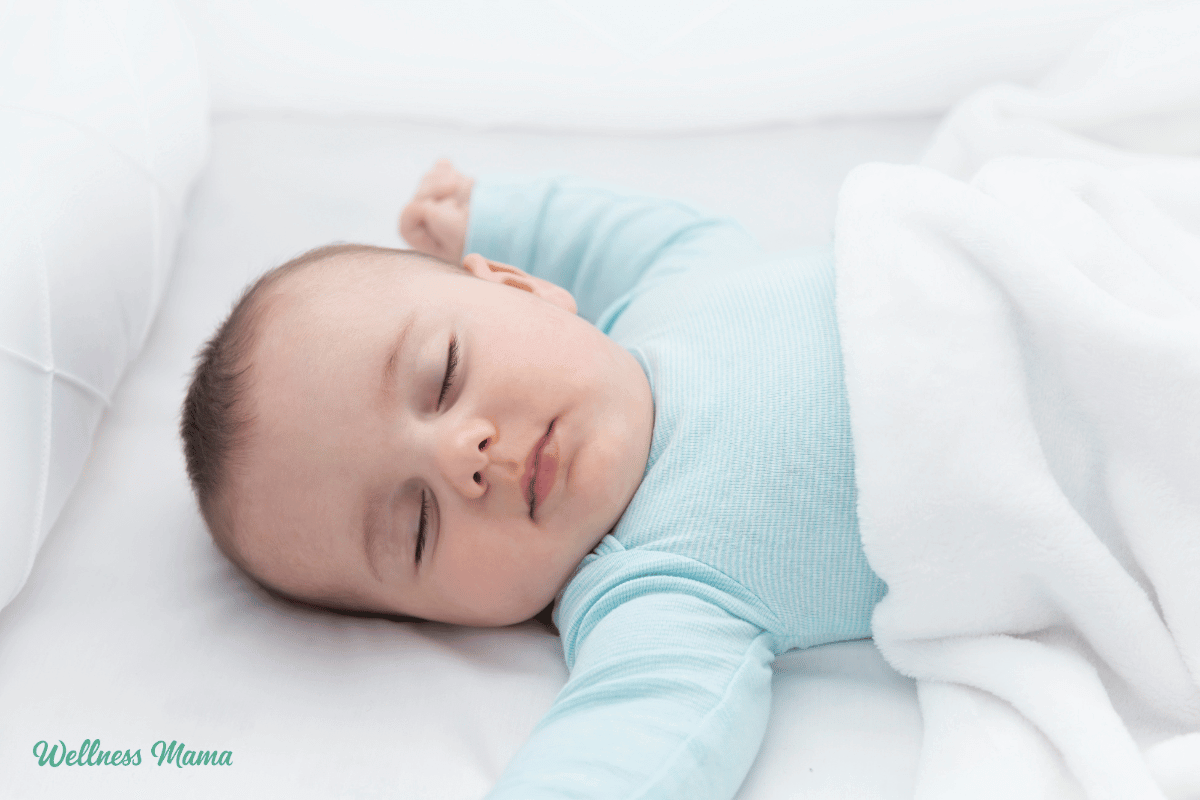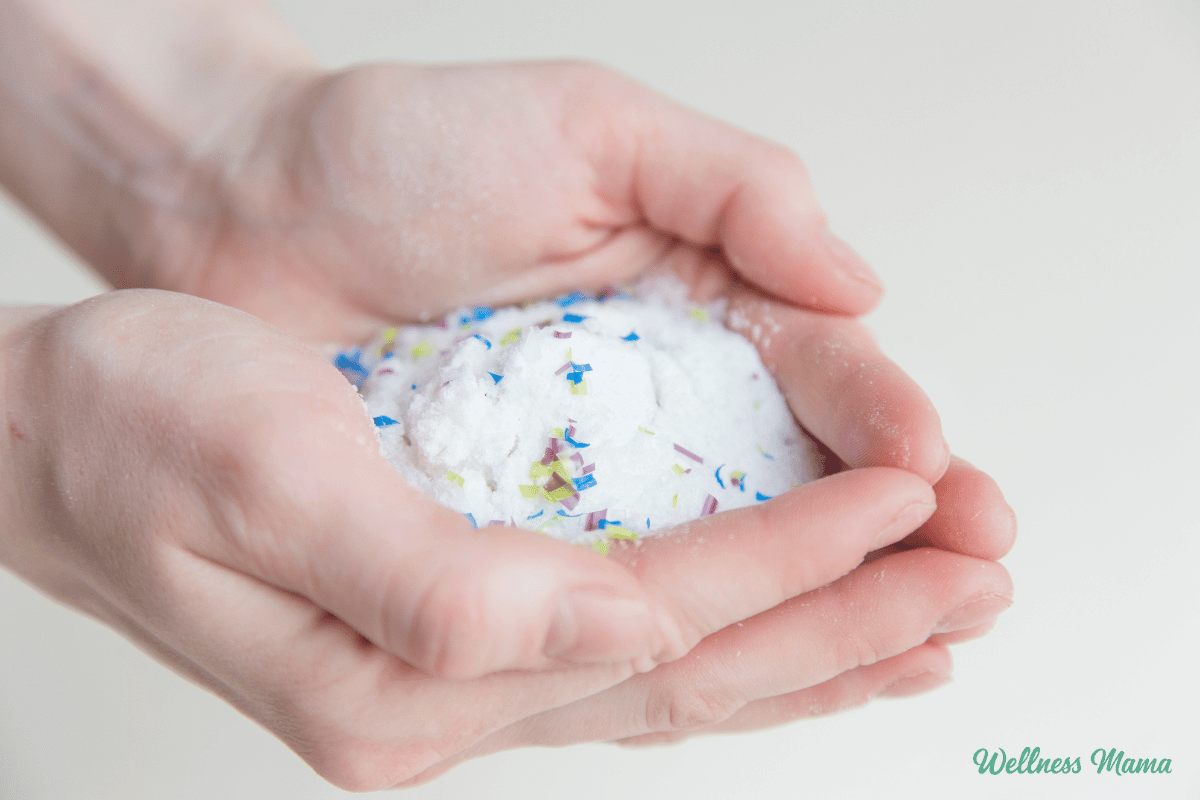Co-sleeping is a subject that has stirred up significant discussion among parents, doctors, and scientists. Those in favor highlight advantages such as improved sleep for parents and their infants. Conversely, worries about the risk of sudden infant death syndrome (SIDS) and other safety issues lead some to caution against it.
In this article, we’ll explore the latest safety recommendations and offer helpful advice for parents considering co-sleeping. Additionally, I’ll share my personal experience with my children when they were infants!
What is Co-Sleeping?
Co-sleeping involves parents sharing a sleeping area with a baby or young child, typically up to the child’s first year. Many parents opt to share a room even beyond that period.
Some view co-sleeping as keeping the baby within arm’s reach, while others interpret it as parents and baby sleeping in the same room. During room-sharing, the baby may sleep next to the parents’ bed or in a crib across the room. Room-sharing is largely accepted, at least during the initial six months of an infant’s life.
However, bedsharing, which involves sharing the bed with the baby, is more divisive. Contrary to some beliefs, it is more common than imagined. A 2015 survey by the U.S. Centers for Disease Control and Prevention (CDC) revealed that over 61% of caregivers occasionally engaged in bedsharing.
Benefits of Co-Sleeping
Co-sleeping with an infant can offer emotional and physical benefits for both the baby and parents:
Increased Bonding
Co-sleeping can strengthen the bond between parents and their baby. The closeness fosters more interaction opportunities, such as nursing and comforting. Having a nearby presence at night can provide the baby with feelings of security, possibly aiding emotional development and reducing anxiety from separation.
Promotes Breastfeeding
Co-sleeping eases nighttime breastfeeding, which might encourage mothers to continue breastfeeding longer because it’s simpler to maintain every night.
A study from 1997 found that infants who shared beds breastfed both more frequently and for longer durations. They experienced more breastfeeding sessions and spent three times the amount of time breastfeeding during the night in comparison to those who slept separately.
Lowered Risk of SIDS
One benefit is the potential reduction in the risk of sudden infant death syndrome (SIDS) associated with breastfeeding. A German study noted that babies fed with formula faced a doubled risk of SIDS compared to those who were breastfed.
Moreover, the proximity to parents might reduce SIDS risk as sharing close quarters helps regulate the infant’s breathing and body temperature. Healthy breathing patterns can effectively lower the likelihood of SIDS.
Benefits Bite Development
Easier access to breastfeeding as a result of co-sleeping can have further benefits. Research conducted in 2022 indicated that co-sleeping as infants positively impacted their bite development.
Children who had practiced co-sleeping as babies were less inclined to use pacifiers or thumb-sucking. Consequently, they were less likely to develop complications like an overbite, crossbite, or open bite, and experienced better facial development due to co-sleeping.
Better Sleep for Parents
Having the infant close by simplifies and speeds up nighttime caregiving activities, such as feeding and comforting, potentially allowing parents to achieve more restful sleep.
Is Co-Sleeping Safe?
New parents often question the safety of bedsharing. Historically, bedsharing is the biological norm and has been common. Western societies have moved away from it for convenience purposes. It’s safe provided certain guidelines are followed.
One key factor is breastfeeding. Breastfed babies have a reciprocal relationship with their mothers which makes bedsharing safe. On the other hand, formula-fed babies are deemed safer when placed in a side sleeper or crib beside the mother’s bed.
Dr. James McKenna, who heads the Mother-Baby Sleep Laboratory at the University of Notre Dame and is a recognized authority on co-sleeping, elucidates the distinctions between co-sleeping with breastfed vs. bottle-fed infants:
"Breastfeeding influences where and how the baby is situated next to the mother from the onset. It affects the infant’s arousal patterns, their sensitivity to each other’s movements and sounds, as well as the infant’s and mother’s sleep structure (how much time each spends in various sleep stages and how or when they shift between these stages) — these vary greatly between bottle-fed and breastfed mother-infant pairs."
The American Academy of Pediatrics (AAP) maintains an advisory against bedsharing, citing increased SIDS risk in their 2022 guidelines. However, the concern is higher for bedsharing with preterm and low birth weight infants. Healthy, full-term infants are considered less at risk if safe sleep remains a priority.
Dr. McKenna has delved into studies linking SIDS to co-sleeping, identifying inaccuracies and inconsistencies in how results are interpreted.
Examples of unsafe bedsharing always exist, but they don’t mean everyone should avoid it outright. Notably, suffocation from unsafe co-sleeping should not be conflated with SIDS (Sudden Infant Death Syndrome).
Safe Co-Sleeping Practices
Here are some safety guidelines for bedsharing, applicable both for daytime naps and nighttime:
- Breastfed infants might be safest sleeping next to their mothers rather than fathers.
- Infants under one year should not sleep next to older children.
- A suitable surface for babies is firm, avoiding waterbeds or couches.
- Check that the headboard and footboard don’t have spaces where a baby could become trapped. A snug mattress fit to the headboard ensures safer infant sleep.
- Avoid using sheepskins, weighted blankets, quilts, or pillows which can increase overheating or suffocation risks. Lightweight blankets for the baby are advisable.
- A well-fitted baby sleeping bag can provide the baby with individual bedding, reducing suffocation risk.
- Remove potential strangulation hazards like jewelry, pacifier clips, and teething necklaces.
- Some parents choose a bedside bassinet, allowing the infant to remain close yet in a separate space.
The Lullaby Trust in the UK has put forth guidelines for safe mattresses and bed sheets when co-sleeping. They stress utilizing a firm, flat mattress and avoiding soft or heavy bedding.
What About Teaching Independence?
Some parents worry their child might become dependent and never want to leave their bed. However, baby sleep training principles can be effectively applied. A gradual transition to a crib or bassinet for short periods eventually extending to longer durations can be effective.
During the transition, it’s important to respond to the baby’s needs. Provide comfort if upset, encouraging them to fall back asleep independently. A familiar blanket or stuffed toy can aid in self-soothing when they wake during the night.
Concerns also arise regarding co-sleeping leading to less independence in children. Research, however, shows the opposite—early co-sleepers tend to grow into more independent preschoolers compared to those who didn’t co-sleep.
Co-sleeping and bedsharing have historical precedence globally. Many world leaders during their infancy shared beds with their mothers, exemplifying it as a familiar practice worldwide.
It Isn’t All or Nothing
It’s important to recognize that co-sleeping doesn’t require an all-or-nothing approach. Once your baby sleeps through the night, parents may gradually transition to having the baby sleep in a separate room. Co-sleeping can be incorporated into plans for baby-led sleep training.
There are circumstances where sharing a bed might not be ideal, such as when a parent is ill or has consumed alcohol, in which cases, allowing the baby to sleep independently in a crib or bassinet is recommended.
Moreover, not all parents feel comfortable with bedsharing, and that’s completely fine. Heavy sleepers, individuals on medication, or those feeling unwell might prefer avoiding bedsharing. Room-sharing remains a great alternative without judgment.
What I Do/Did
With my own children, I practiced bedsharing during the initial months. Being accustomed to the close proximity during pregnancy made having them next to me in bed a natural extension. As the child begins to move more, it became more comfortable for me to consider independent sleeping arrangements.
Each baby and family will have their own unique requirements and circumstances. Decide on what works best for you and your family.
What are your thoughts on co-sleeping? Did you opt for bed-sharing or room-sharing with your little ones? Feel free to share your experiences with us!

















Leave a Reply